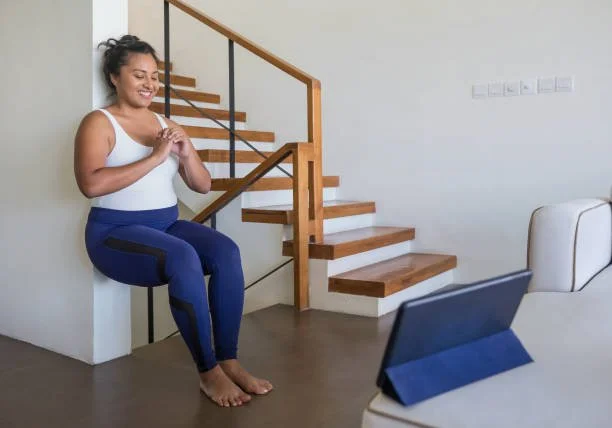Injury Prevention: Load vs Capacity
You may have heard your physio say something like, “Your body just doesn’t have the capacity for that activity right now.”
It’s a simple statement, but it tells us a lot about how pain and injury happen—and how we can prevent them.
What Do We Mean by Capacity?
Capacity refers to your body’s ability to handle a particular movement or activity efficiently.
It’s the level of stress or demand your tissues can tolerate before symptoms—like pain—start to show up.
You can think of it like a cup.
There’s only so much water (or load) you can pour in before it spills over. When the cup overflows, that’s when we increase the risk of injury.
What Is Load?
Load is the demand we place on our body through movement or activity.
Running, lifting, gardening, even sitting for long periods… these all create load.
When load is appropriate, we adapt and get stronger.
When load is too much too soon, it can exceed our capacity—and that’s when things start to break down.
Different Tissues, Different Jobs
Not all body structures handle load the same way.
Muscles and tendons are like springs. They help propel us forward and allow us to lift, carry, and move.
Bones act as scaffolding, helping us stay upright and resist gravity.
Because these tissues have different functions, they also respond to training differently.
This is why the exercises prescribed for tendon pain look very different from those used after a bone stress injury.
Building Capacity Takes Load
Here’s the key:
To maintain capacity, we must continue to place load on the body.
To increase capacity, we must gradually increase that load.
It’s a progressive process.
Whether your goal is to walk longer, lift heavier, or return to running, you’ll need to slowly build the body’s ability to handle more stress.
How Do You Increase Capacity?
The safest, most effective way is gradual progression.
Start where you are now, then slowly add:
More time
More weight
More speed
More frequency
Small, steady increases support adaptation and reduce the risk of injury.
The Takeaway
Injuries often happen when load outweighs capacity.
But by understanding—and gradually increasing—the stress you place on your body, you can build resilience, reduce injury risk, and confidently do more of what you love.
If you’re unsure where to start or how to progress safely, a physio can help guide your training and tailor it to your goals.




